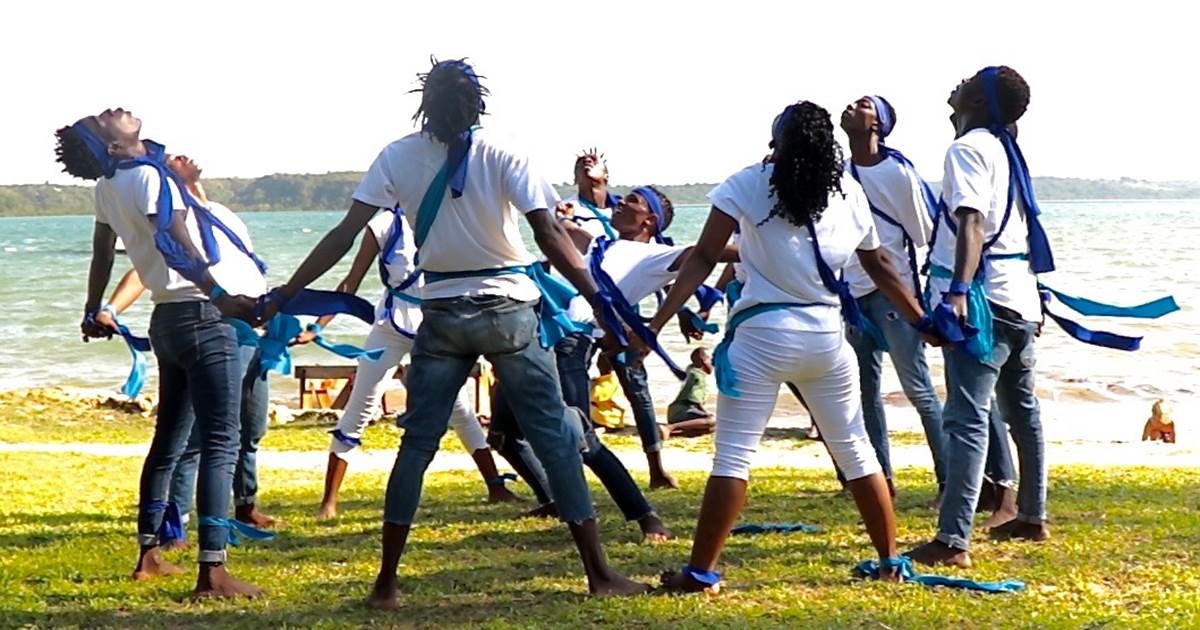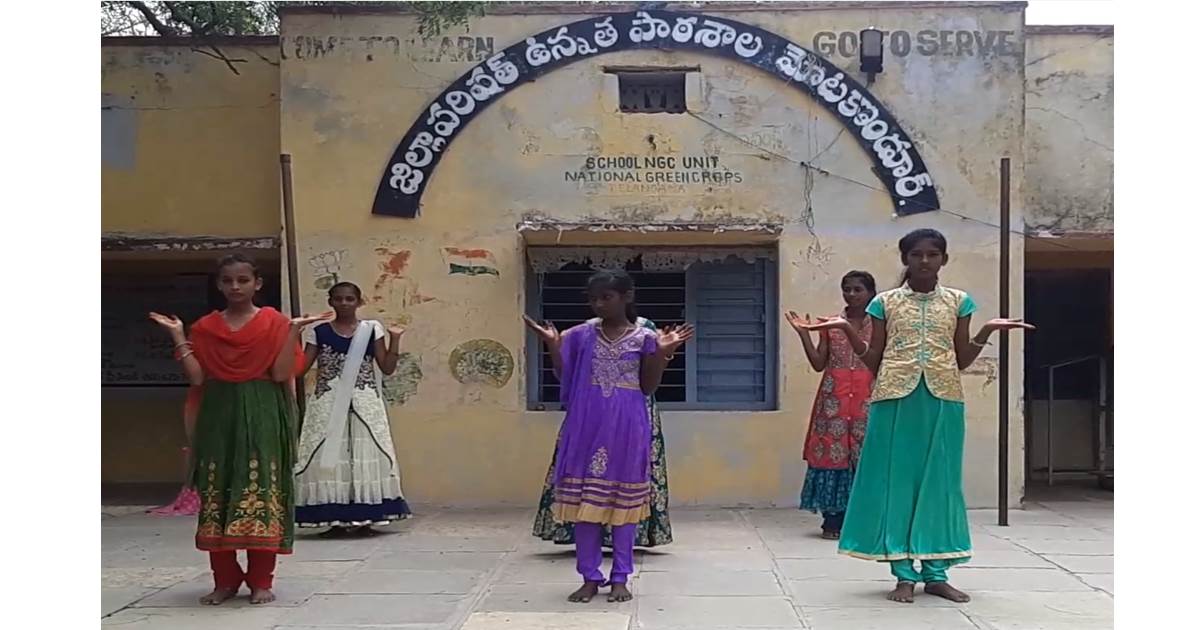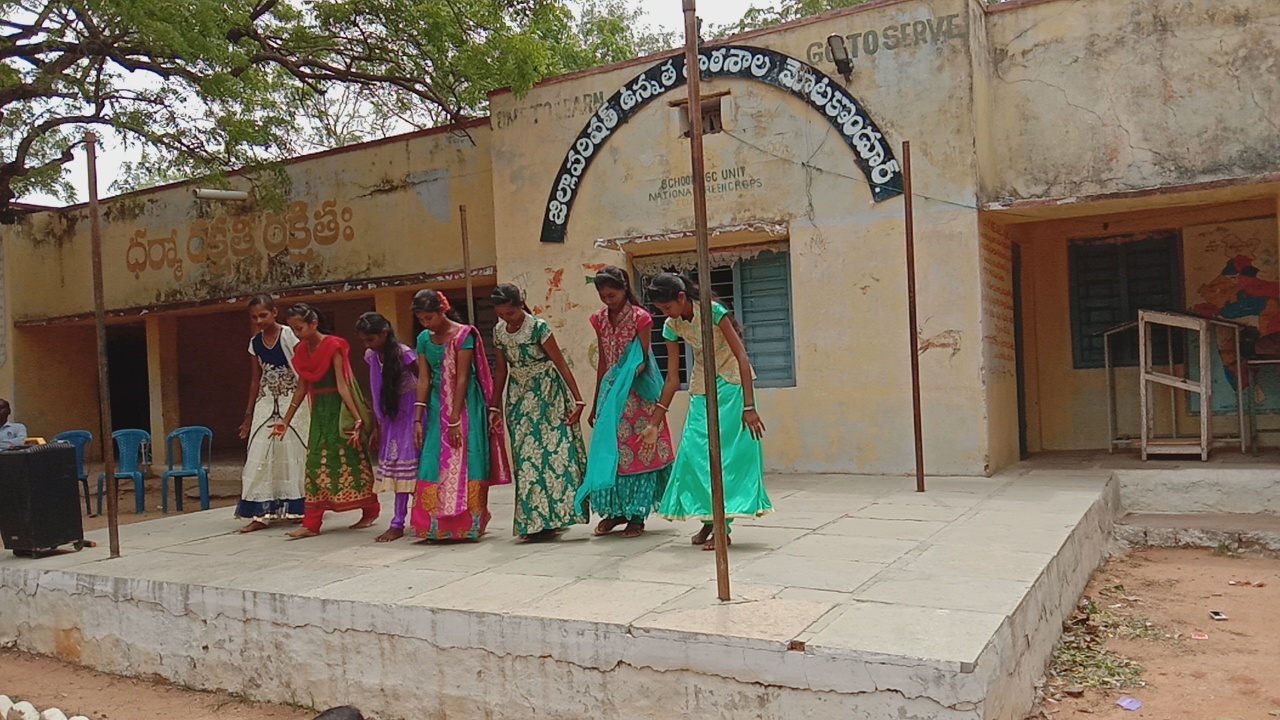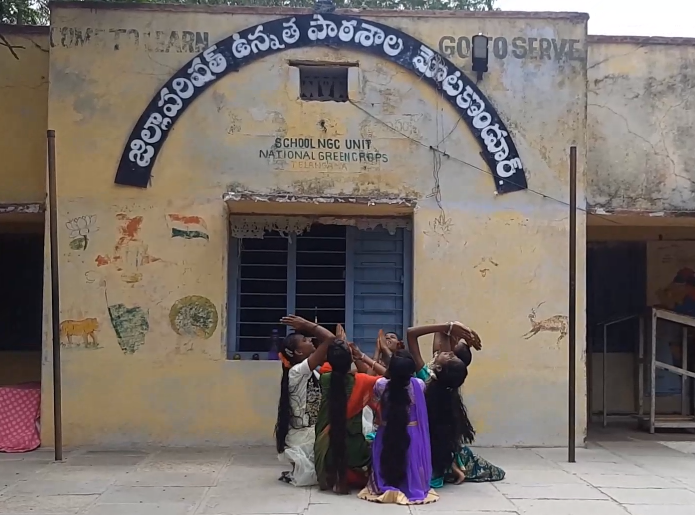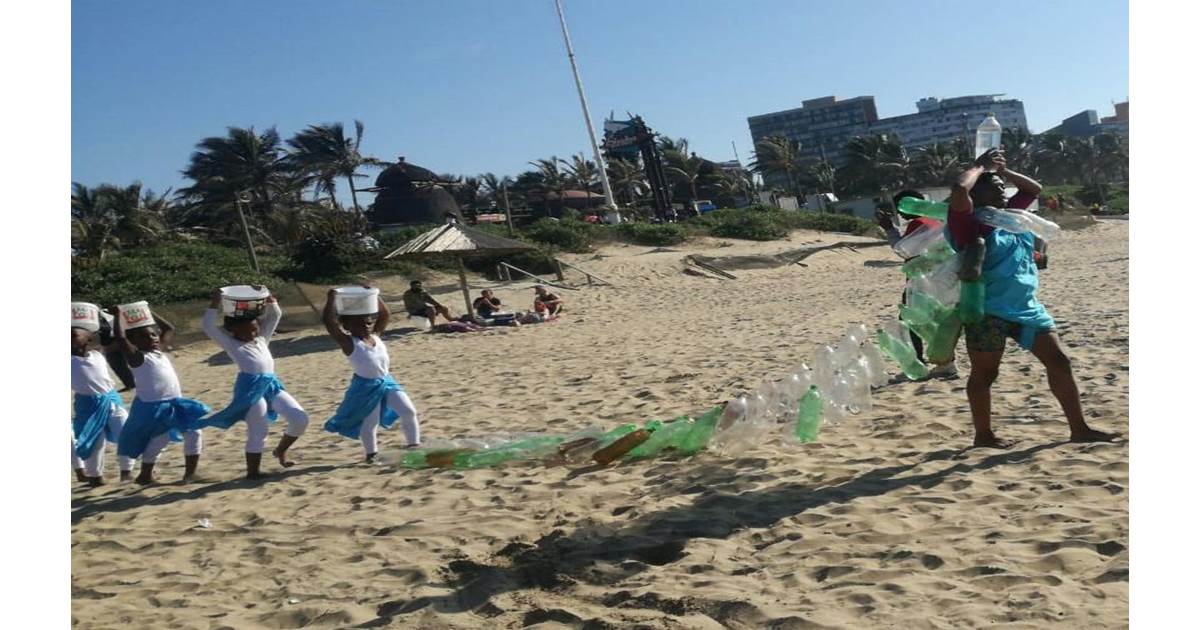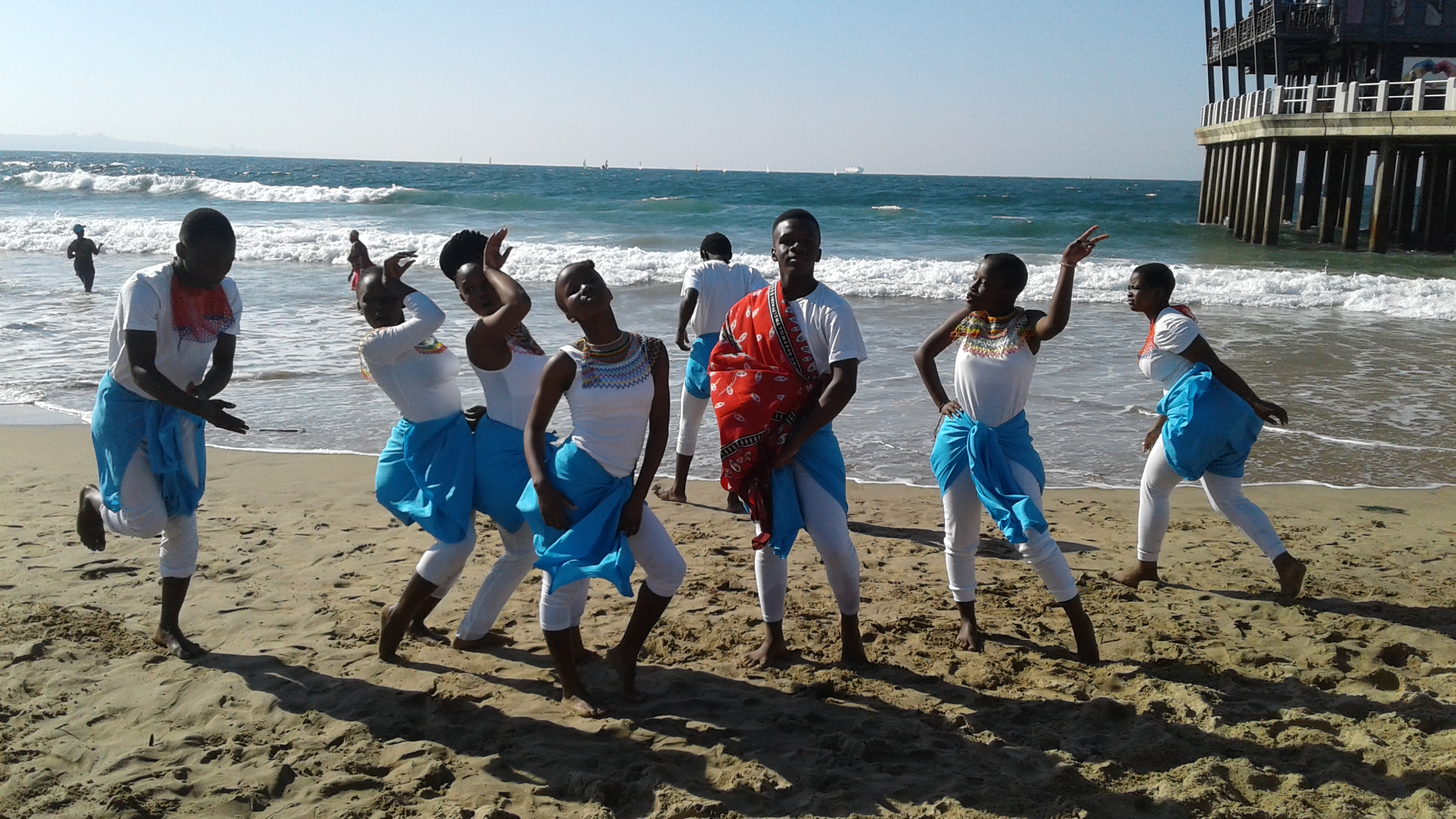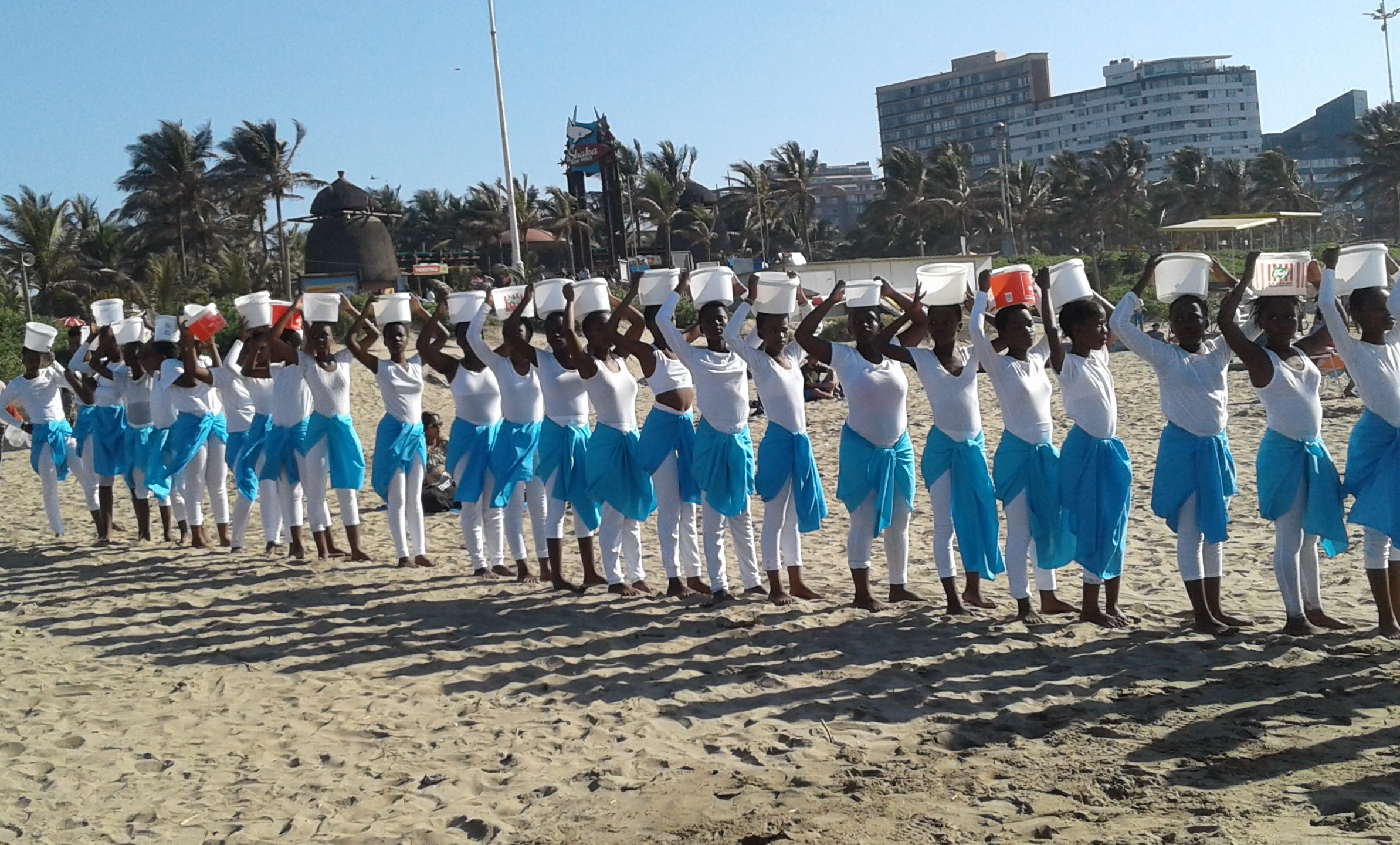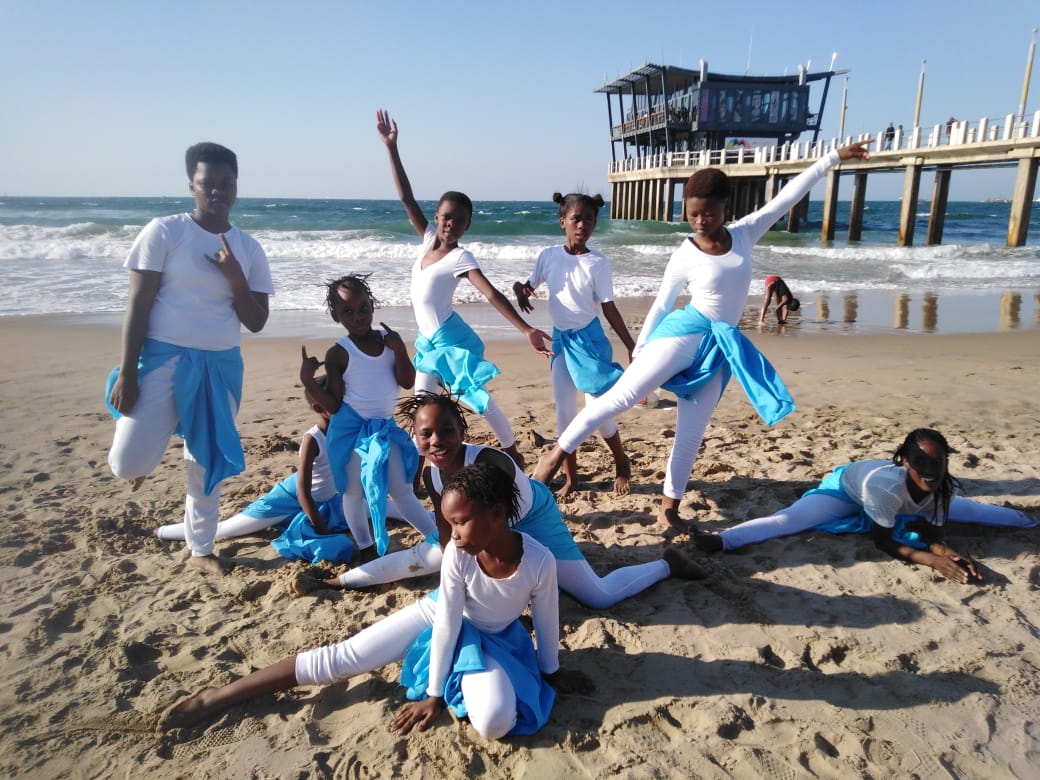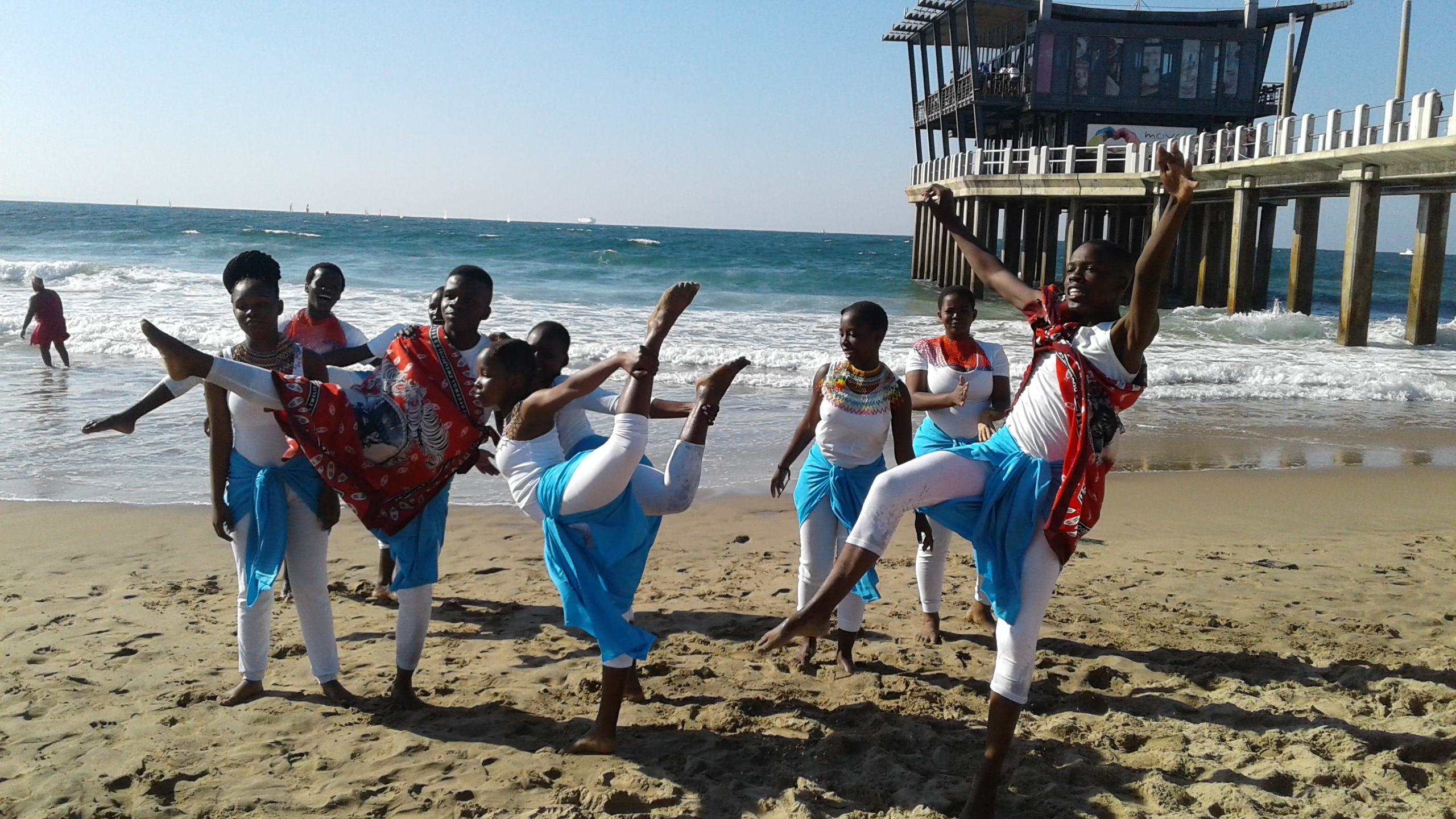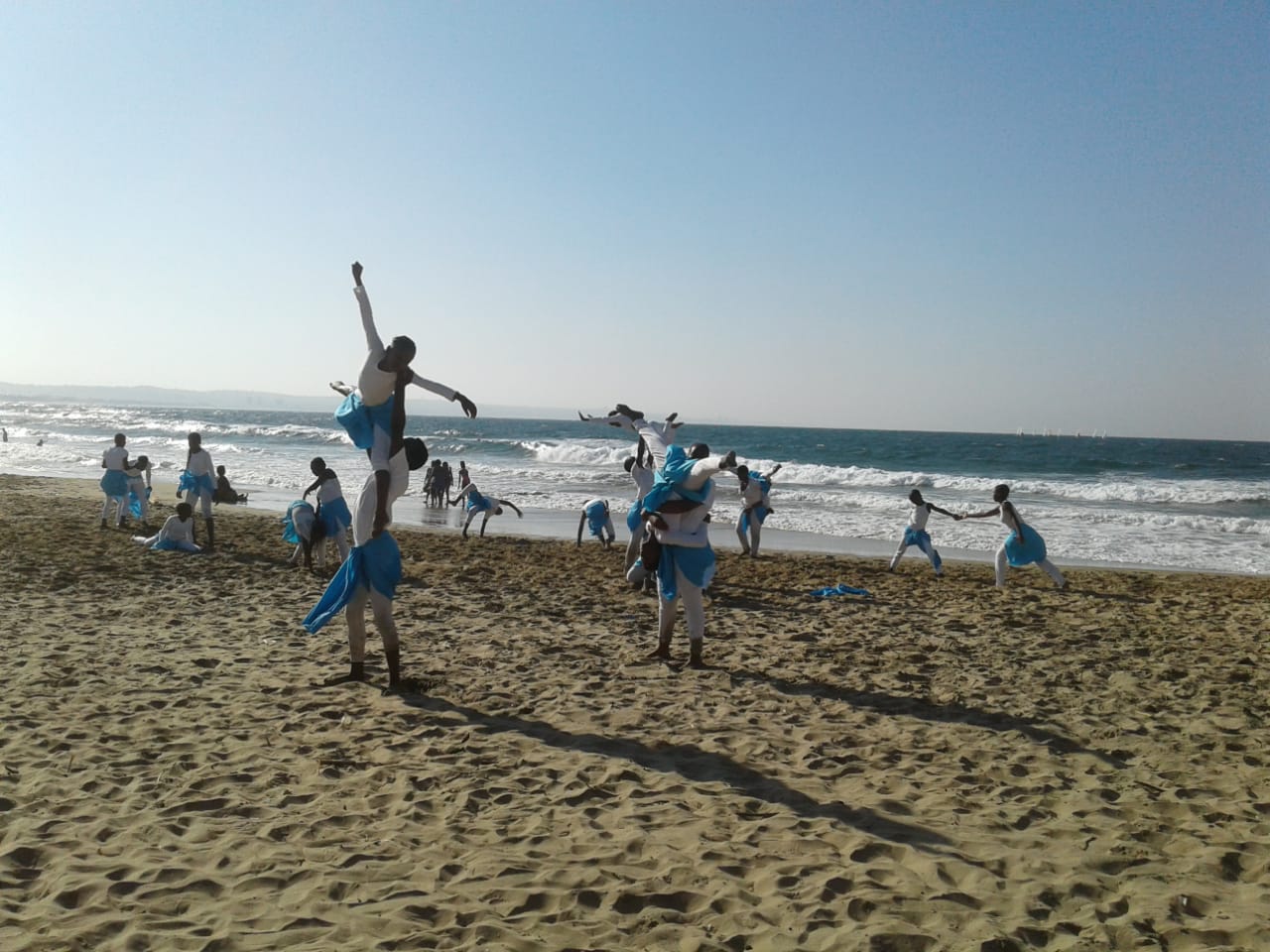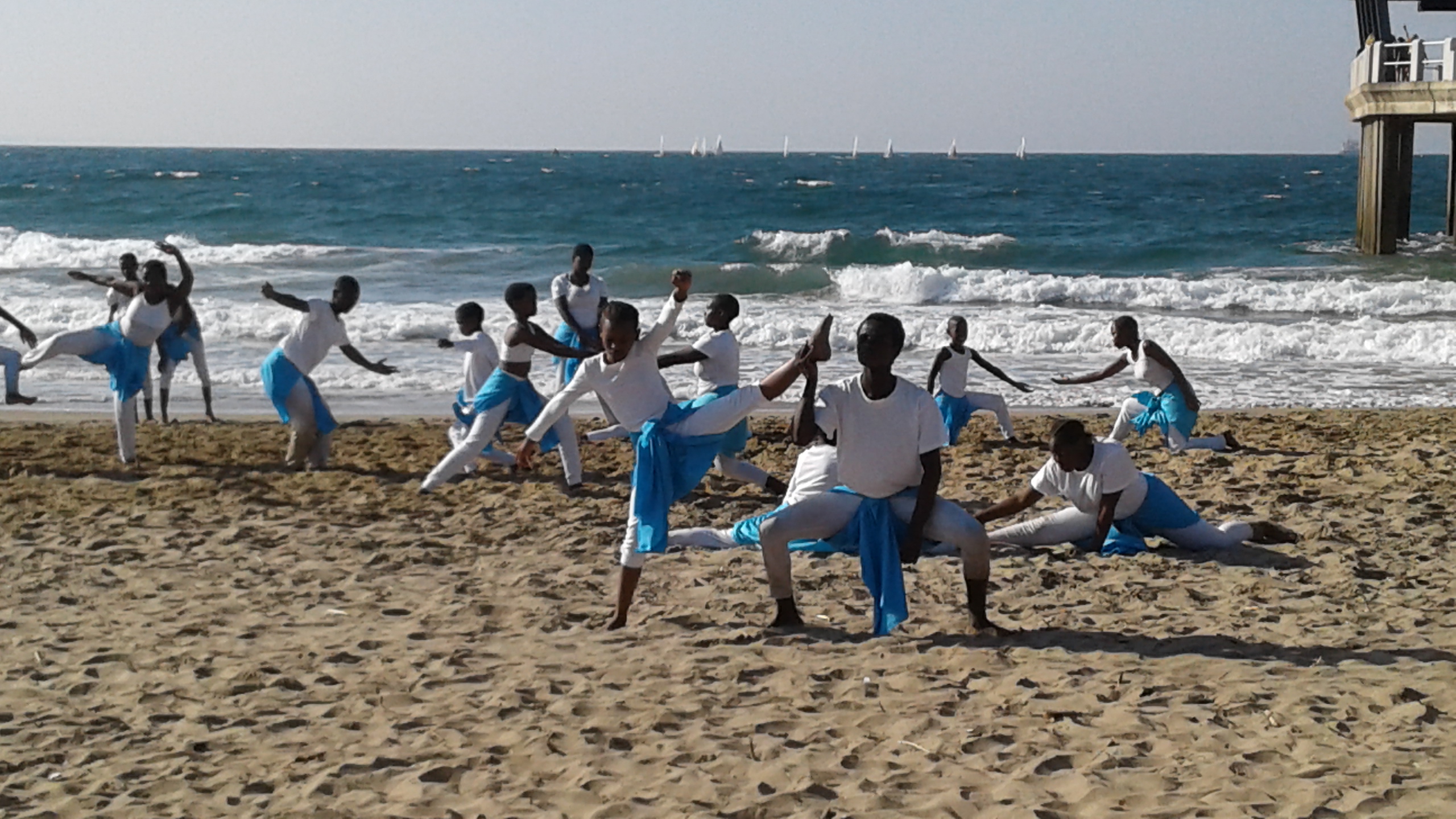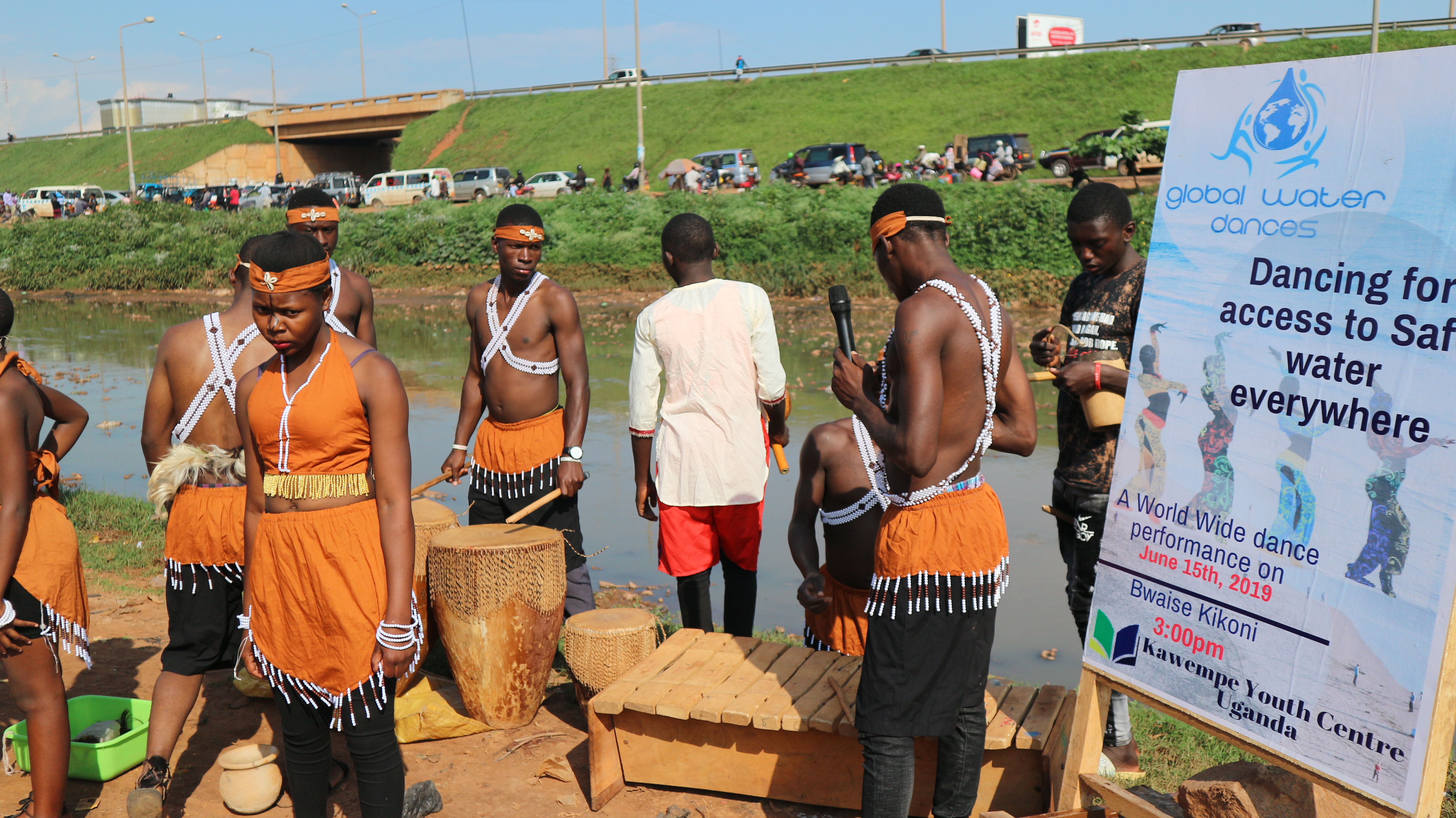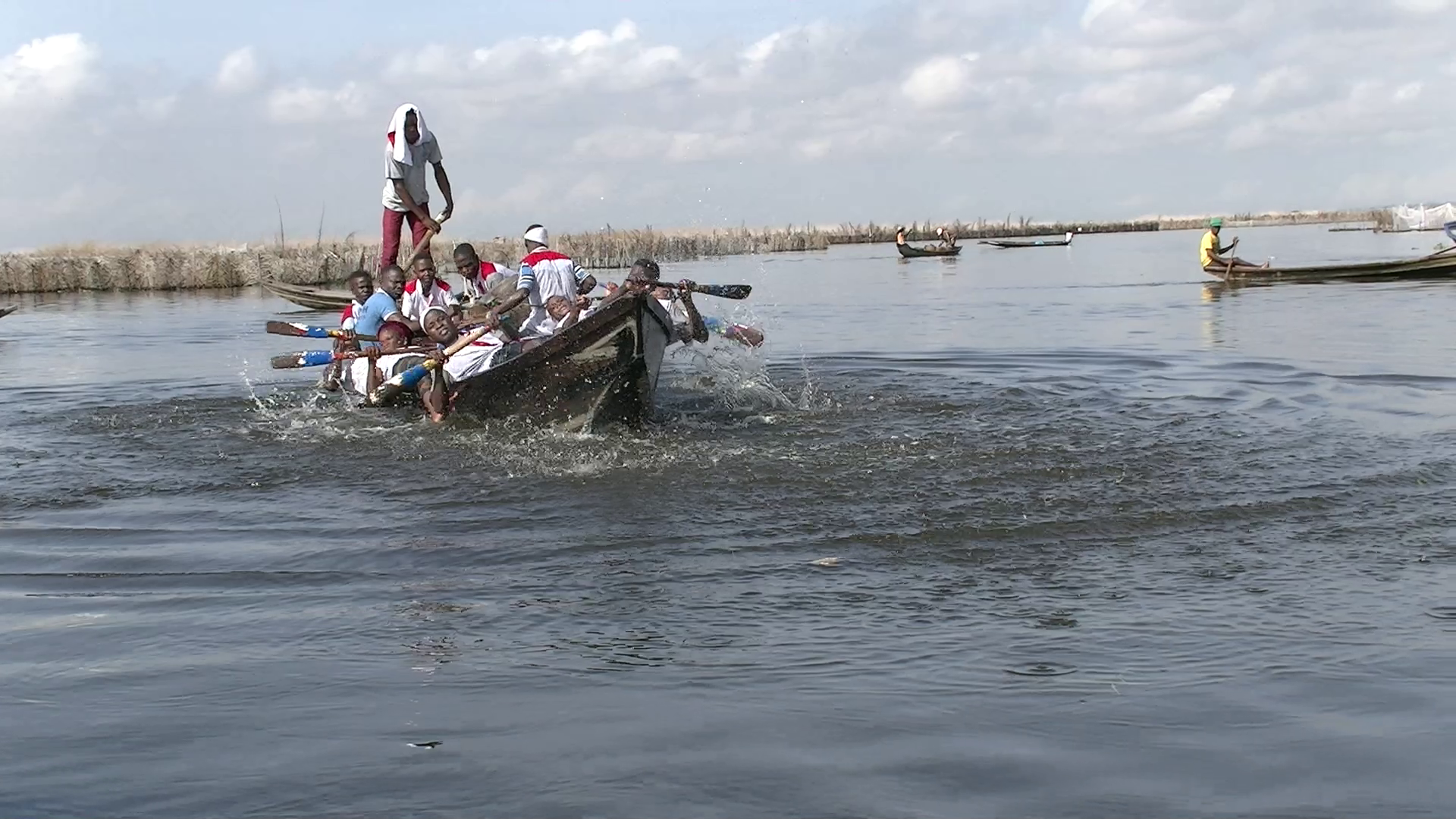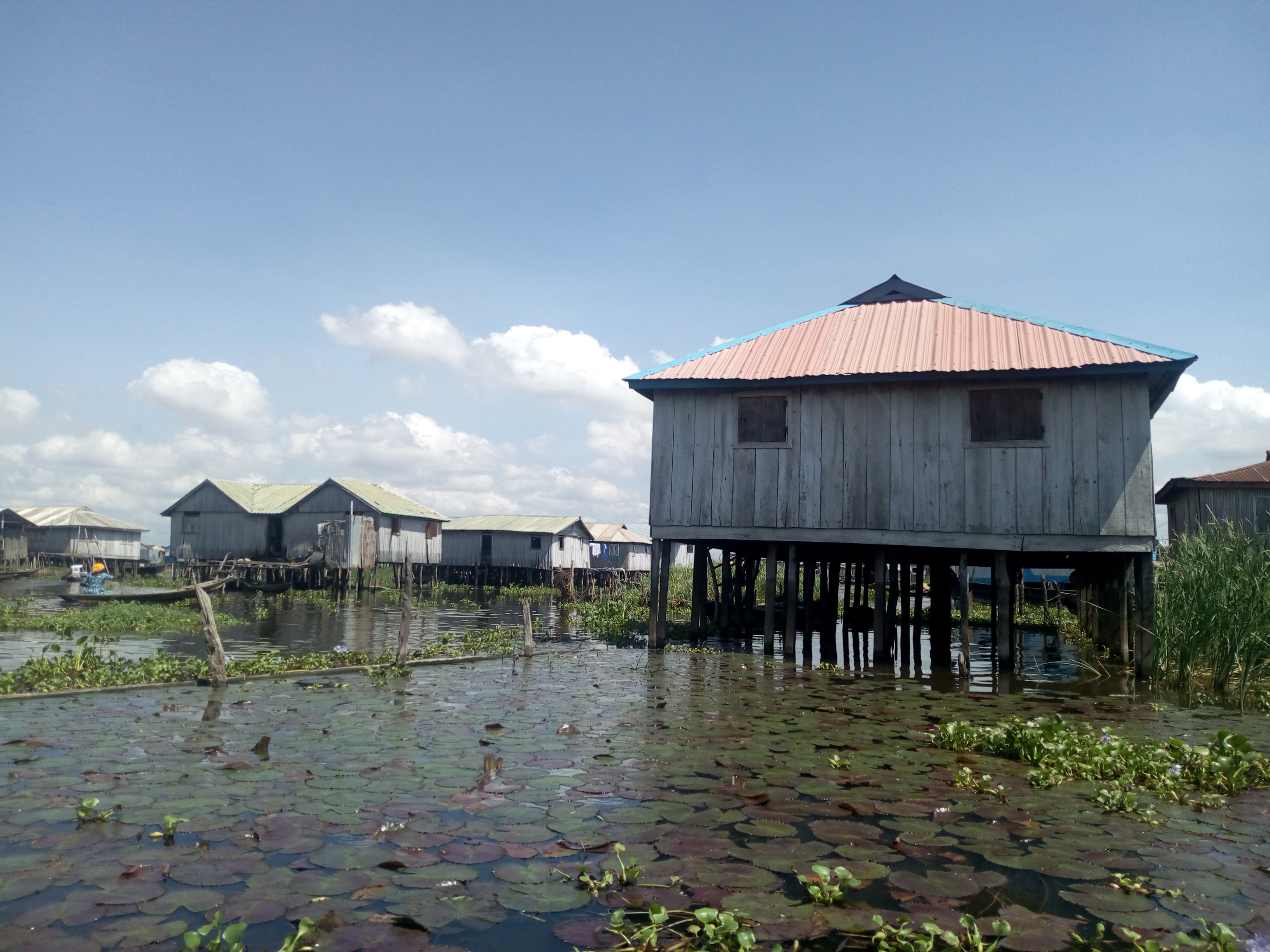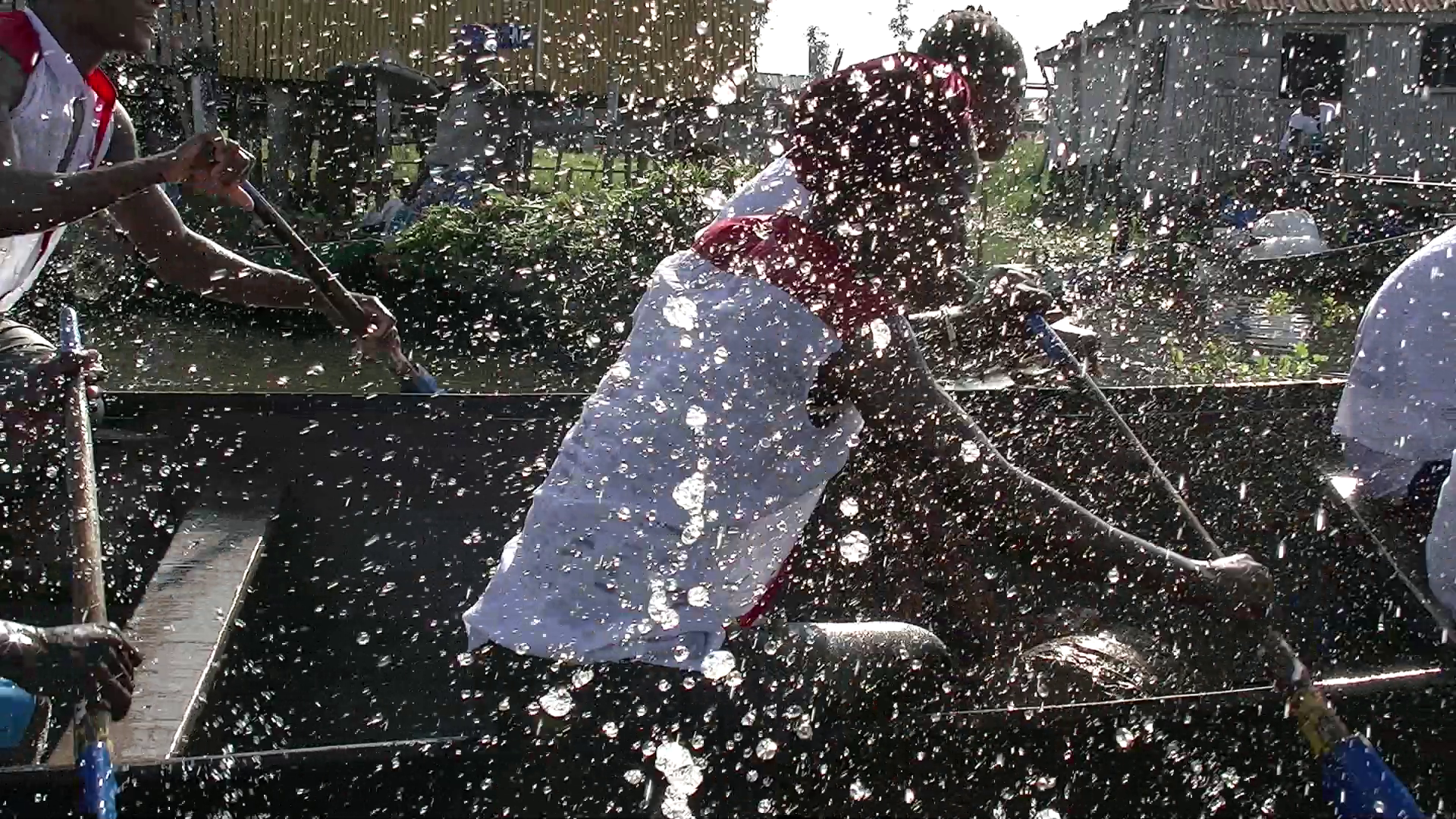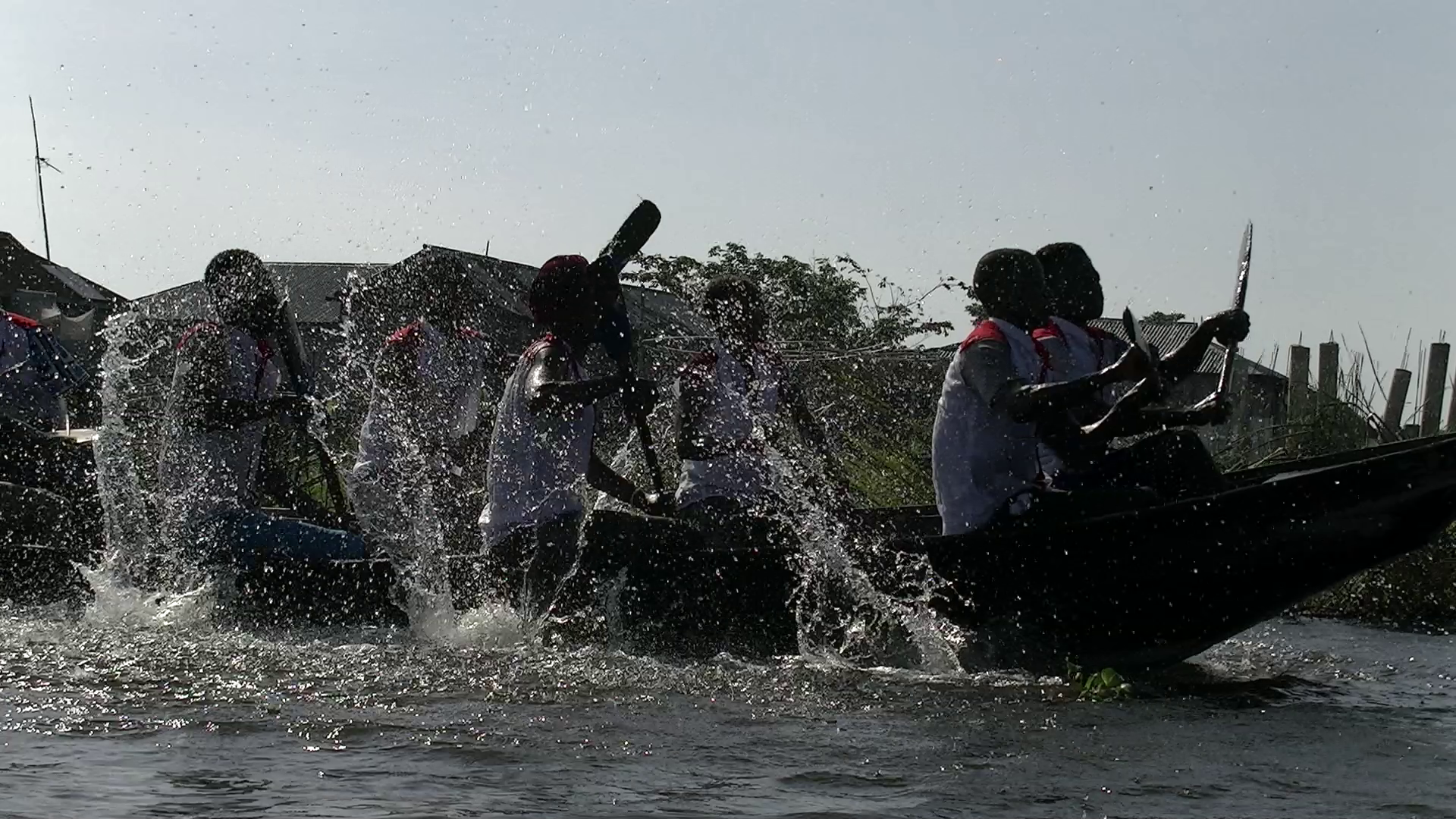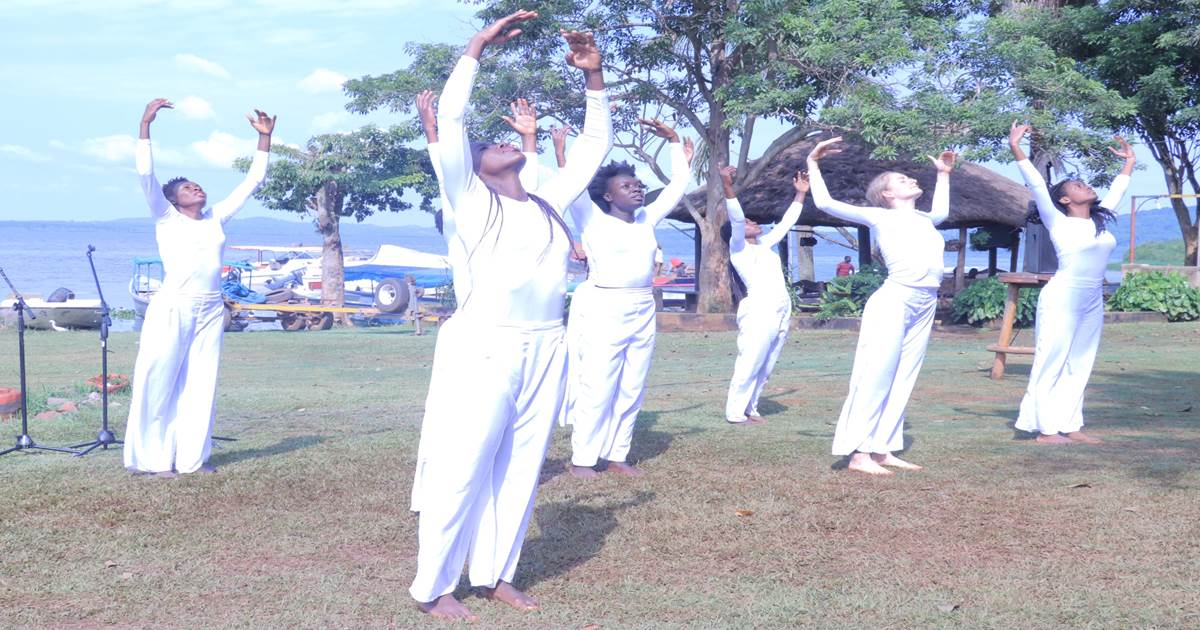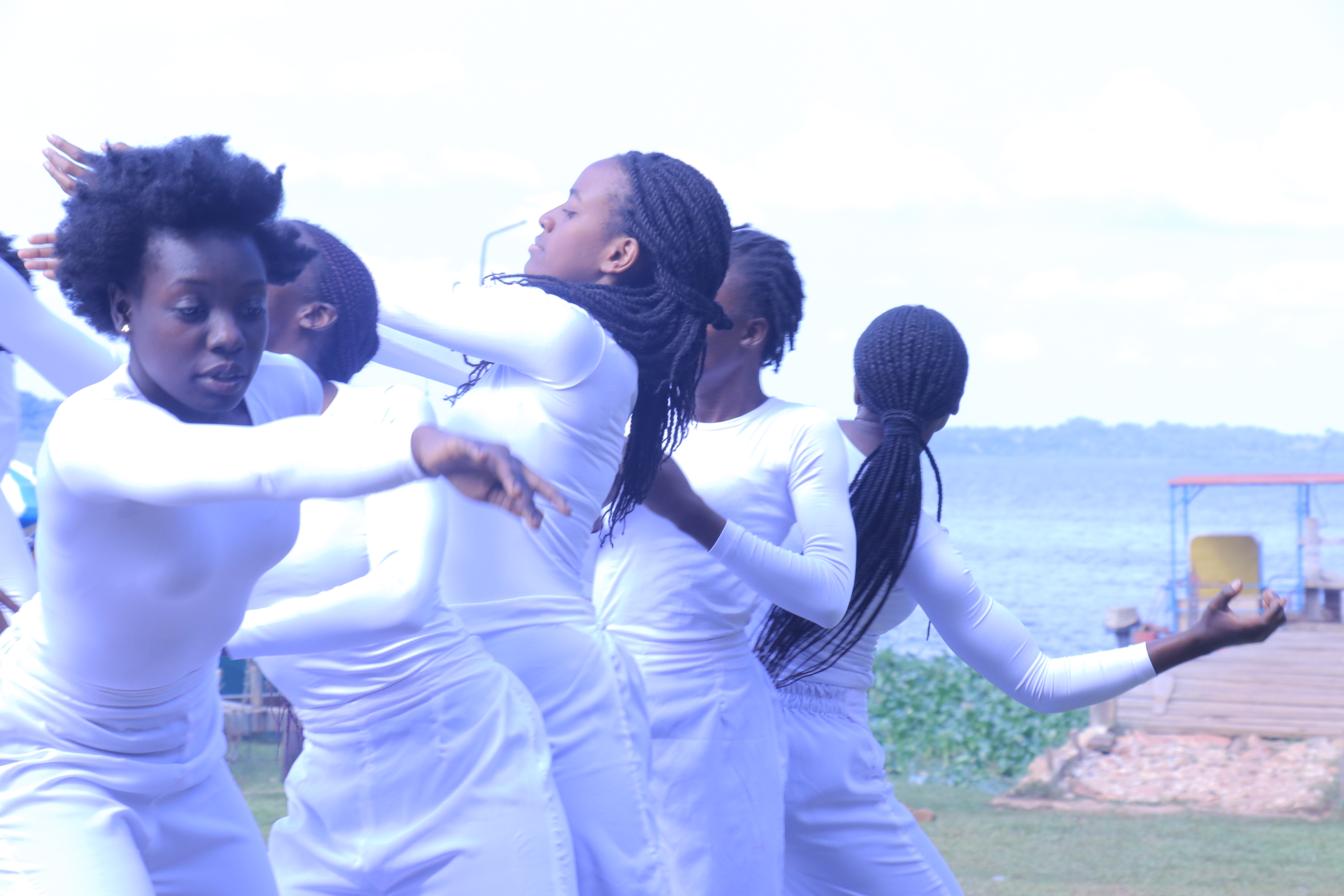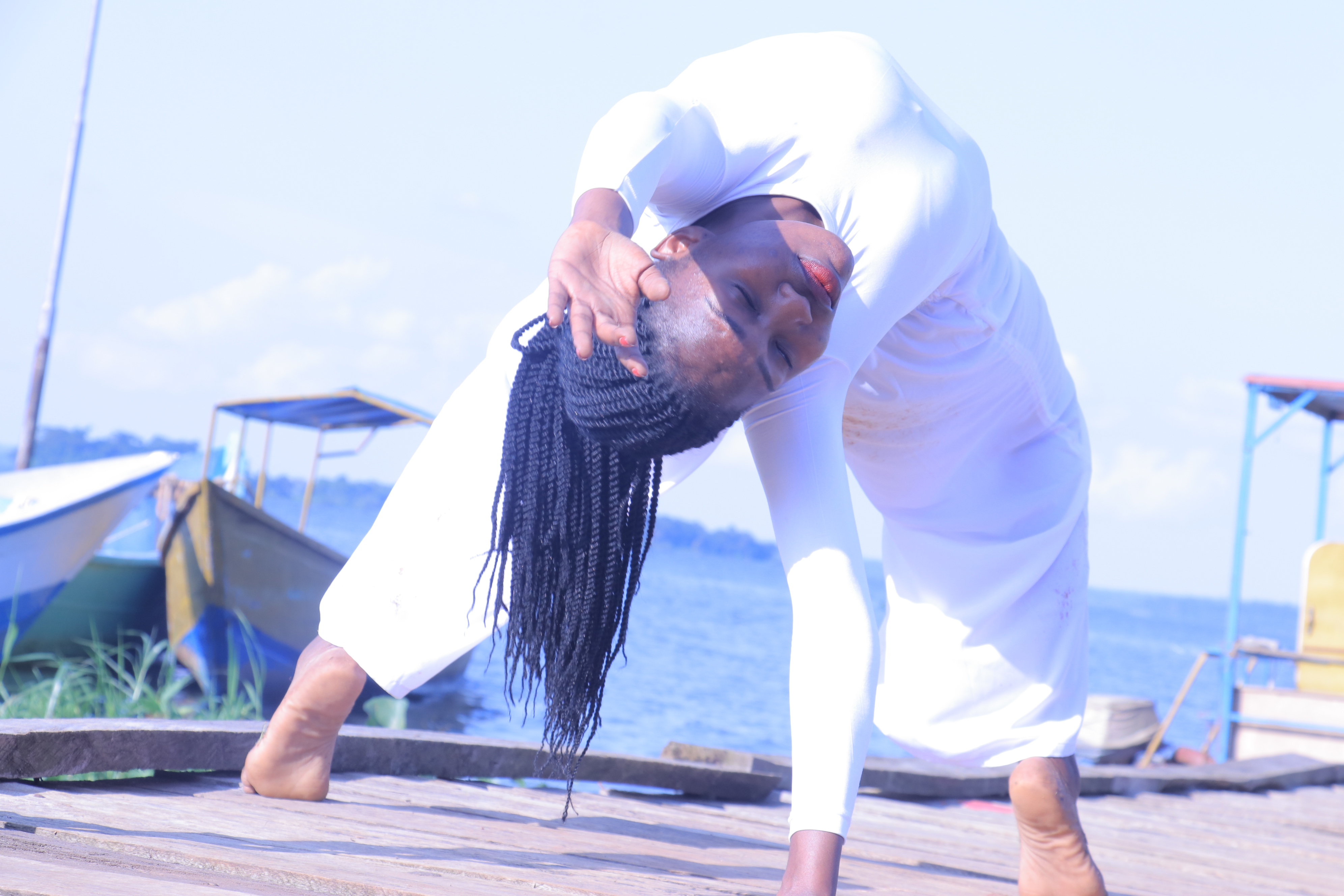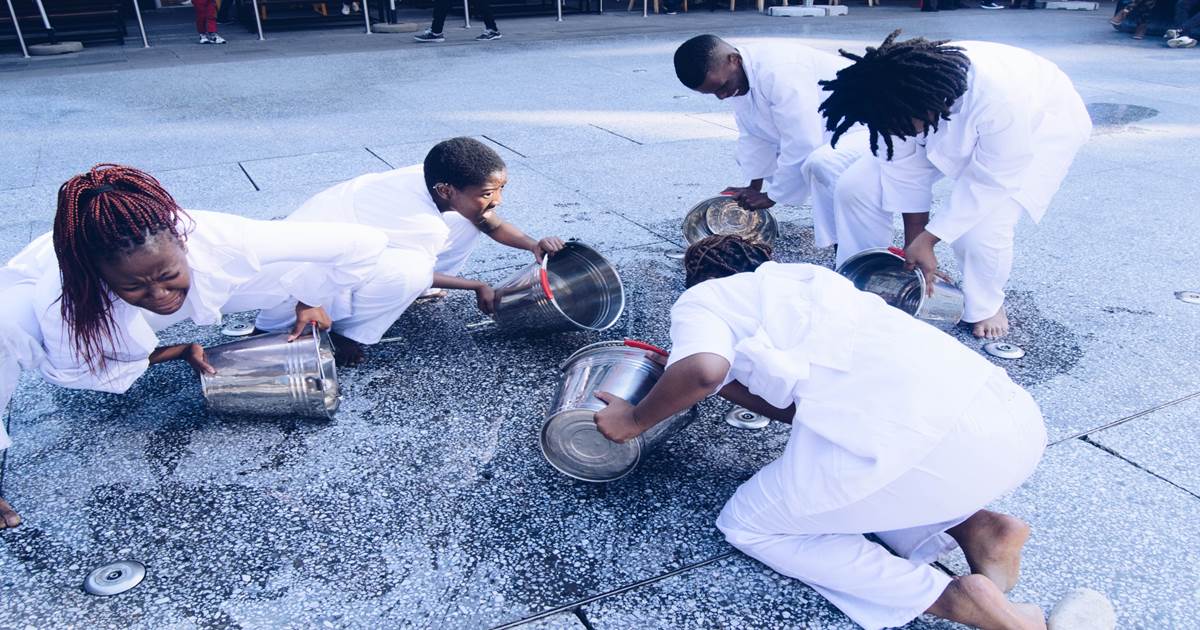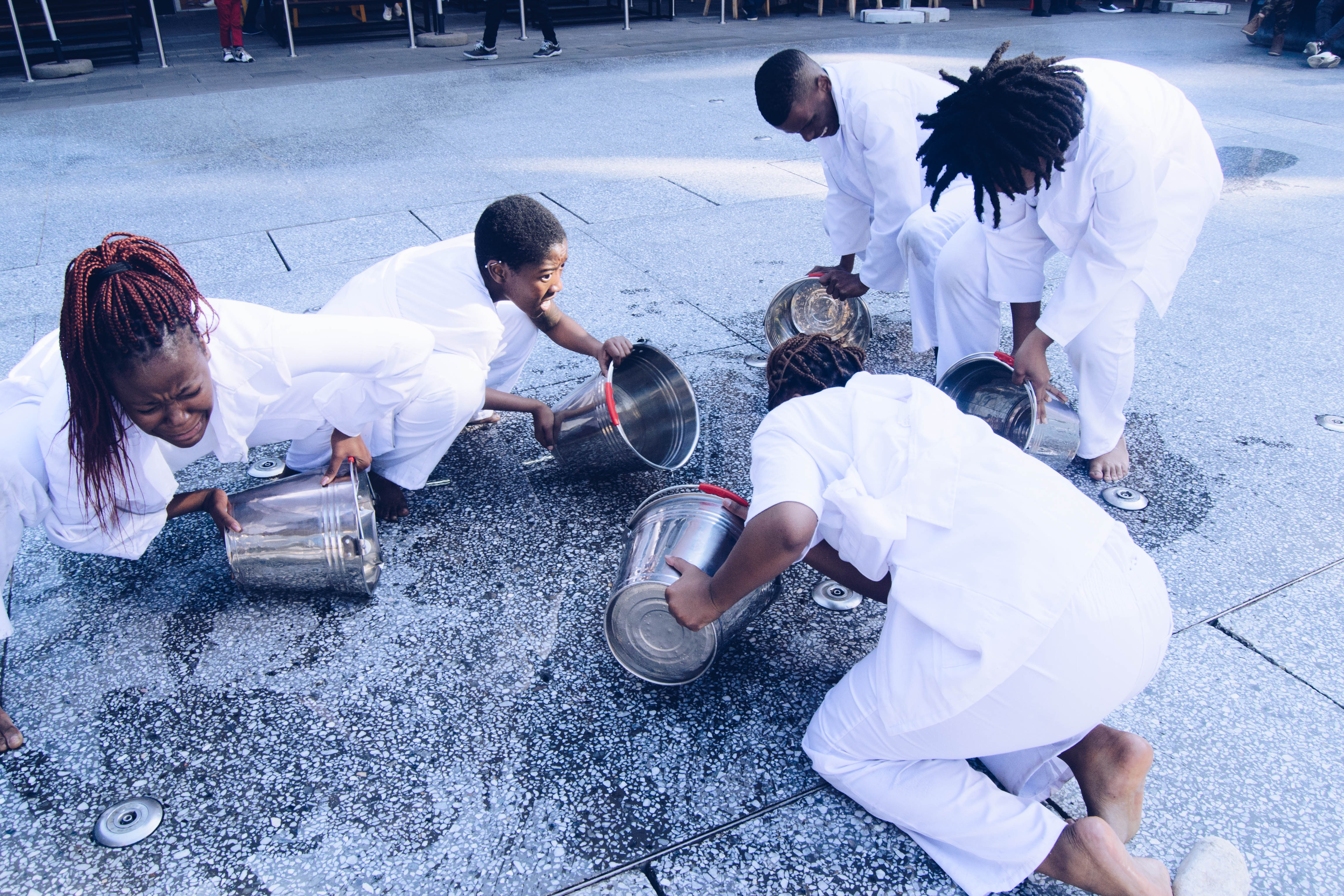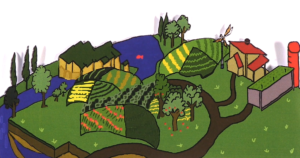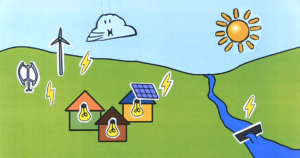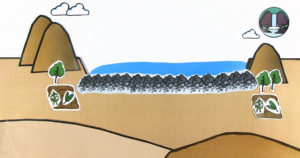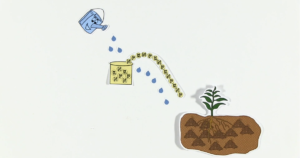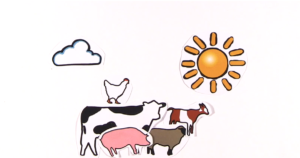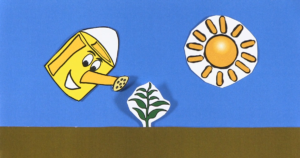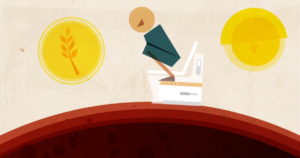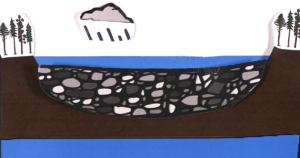Kilifi
At Kilifi Creek, the Kilifi Dancers performed ‘Maji ni Uhai’ (Water is Life). The objective was to create awareness on how to save and utilise water.
 Kilifi Video by RUVIVAL Team is licensed under a Creative Commons Attribution-ShareAlike 4.0 International License.
Kilifi Video by RUVIVAL Team is licensed under a Creative Commons Attribution-ShareAlike 4.0 International License.
Using a traditional Giriama song for music, the performance was a merger of traditional and modern dance. Choreographer, Mohamed Ismat, mixed these different styles into a stunning dance with a clear message: ‘Water is life; use it sustainably.’
The location of the performance is symbolic. Kilifi Creek is an important coastal water source, not only for the community of Kilifi, but also for the world at large. It flows into the Indian Ocean, connecting Kilifi to people around the world! The residents value the creek for the many resources and beauty it provides.
The creek is even more precious to the community as Kilifi is very drought-prone. Every drop of water is extremely important. In fact, the residents have organized a weekly beach clean-up, to protect their water. This performance is just another step in safeguarding their future.
 Maji ni Uhai Images by Rebella Afrique Media are licensed under a Creative Commons Attribution-ShareAlike 4.0 International License.
Maji ni Uhai Images by Rebella Afrique Media are licensed under a Creative Commons Attribution-ShareAlike 4.0 International License.
Background: Performers of Kilifi, Kenya
The Kilifi Dancers is an interesting mix of volunteers, youth and community groups, and local dance groups. The troupe was formed specifically for this event.
Site leader, Mwanase Ahmed, partnered with local conservation initiatives, the local university, environmental clubs, the local international school, the local government and the Kilifi community to help raise awareness about these water issues.

